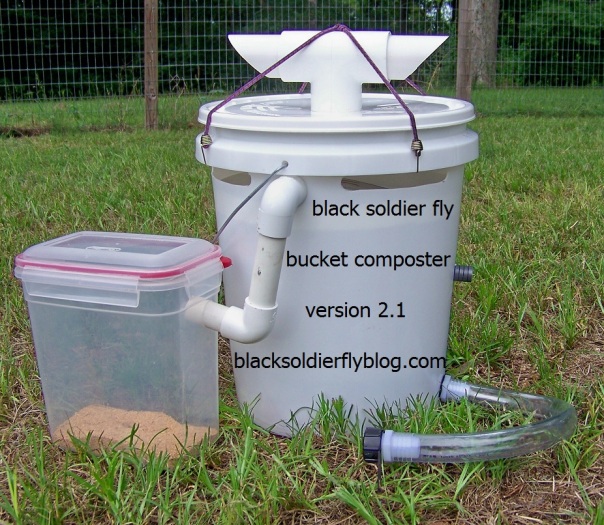 Aquaponics, or the integration of water-based or hydroponic vegetable production and fish production, began its Occidental revival with the New Alchemy Institute in the 1970s. Their closed-system bioshelters were proto-aquaponic systems. These systems are especially valuable in the Anthropocene because they conserve water by recirculating it continuously between fish tanks and hydroponic growing pools. The fish provide the nutrients and the plants provide the filtration to reduce nitrogenous toxins to the fish. Climate change has increased the frequency and length of droughts throughout the world and this is one solution that can improve the resilience of food production in local communities. Click here to download a .pdf manual of how to build an aquaponics system at your house from a couple 55 gallon drums, a water pump, some hose and gravel.
Aquaponics, or the integration of water-based or hydroponic vegetable production and fish production, began its Occidental revival with the New Alchemy Institute in the 1970s. Their closed-system bioshelters were proto-aquaponic systems. These systems are especially valuable in the Anthropocene because they conserve water by recirculating it continuously between fish tanks and hydroponic growing pools. The fish provide the nutrients and the plants provide the filtration to reduce nitrogenous toxins to the fish. Climate change has increased the frequency and length of droughts throughout the world and this is one solution that can improve the resilience of food production in local communities. Click here to download a .pdf manual of how to build an aquaponics system at your house from a couple 55 gallon drums, a water pump, some hose and gravel.
The integration of aquaponics systems to urban waste streams, such as municipal compost, provides the opportunity for low-cost and high-efficiency urban food production. Aquaponics up-cycles organic waste through the introduction of an intermediary organism. This intermediary organism is most commonly a saprophage of some kind such as black soldier fly larvae, earthworms, or oyster mushrooms. The saprophage is then fed to the fish as a replacement for costly protein meals and provides the primary nutrient input for the aquaponics system.
 Black soldier fly larvae are especially suited to this purpose because they can consume very large quantities of organic material and process it at a high efficiency without the need for sterilization that other saprophages, such as fungi, may require. Jerry from the Black Soldier Fly (BSF) Blog has provided an open source biocomposter for BSF and has this to say about them,
Black soldier fly larvae are especially suited to this purpose because they can consume very large quantities of organic material and process it at a high efficiency without the need for sterilization that other saprophages, such as fungi, may require. Jerry from the Black Soldier Fly (BSF) Blog has provided an open source biocomposter for BSF and has this to say about them,
Since I started keeping a colony of BSFL there is no such thing as wasted food in my life. If something ceases to be food for me it just becomes food for my colony. With the exception of bones and eggshells, all food scraps go into the BSFL colony, and even a fairly small colony can process a lot of food. A 60cm/2 foot diameter bio-converter can hold enough larvae to process 2kg/5 pounds of table scraps every day. It’s consumed so quickly that it doesn’t have time to decompose to the point where it smells bad. I tested this by adding a whole fish to my colony on a hot day and the odor was not even noticeable a few feet from the composting unit. Keeping a BSF larvae colony is not a brave or a hard thing to do, it’s simple, fascinating and enjoyable.
A podcast from Agroinnovations on black soldier fly can be found here!







